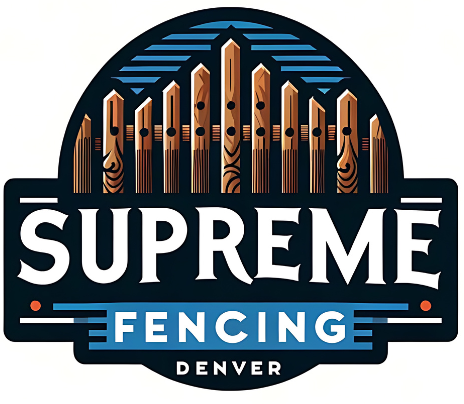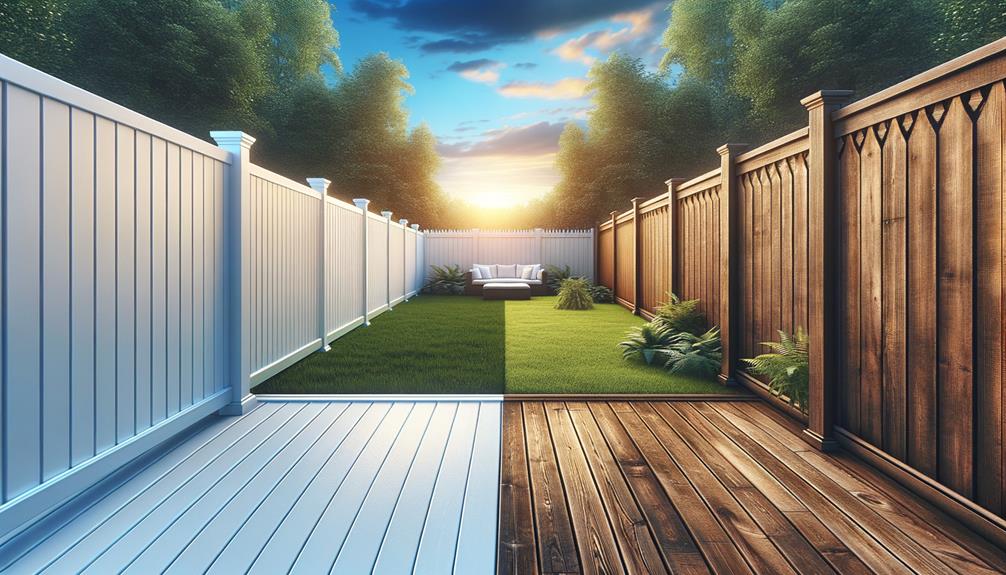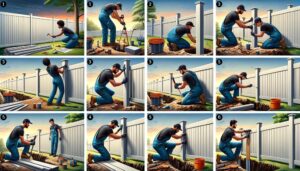When it comes to selecting a fencing material, you may find yourself pondering over the price tag. Is vinyl fencing truly a more cost-effective option compared to wood? Well, wonder no more! Let's unravel the truth behind this quandary and explore the factors that contribute to the overall cost of vinyl and wood fencing. From material costs to installation expenses, from long-term maintenance to durability and lifespan, we will unravel the mysteries of these two contenders and, perhaps, shed light on which option might save you some bucks.
Material Costs
When comparing vinyl fencing to wood fencing, one important factor to consider is the material costs. Vinyl fencing is typically more expensive upfront compared to wood fencing. The initial cost of vinyl fencing materials is higher due to the manufacturing process and the durability of the material. However, it is important to note that the long-term costs of vinyl fencing are often lower because it requires less maintenance and does not require regular staining or painting like wood fencing does.
In terms of environmental impact, wood fencing has a higher impact compared to vinyl fencing. Wood fencing requires the cutting down of trees, which contributes to deforestation and habitat destruction. On the other hand, vinyl fencing is made from synthetic materials, such as PVC, which can be recycled. This makes vinyl fencing a more eco-friendly option for those concerned about sustainability.
When it comes to aesthetics and design options, both vinyl and wood fencing offer a range of choices. Wood fencing provides a natural and timeless look that can complement various architectural styles. It can be painted or stained in different colors to match your preferences. Vinyl fencing, on the other hand, comes in a variety of colors and textures, mimicking the appearance of wood or other materials. It is available in different styles, such as picket, privacy, or ranch rail, allowing homeowners to select the design that best suits their needs.
Installation Expenses
The cost of installation for vinyl fencing is typically higher than that of wood fencing. While wood fencing can be installed relatively easily by homeowners with basic DIY skills, vinyl fencing requires specialized tools and expertise. This leads to higher labor costs for vinyl fencing installation.
When considering the installation expenses for vinyl fencing, it is important to factor in the following:
- Labor costs: Installing vinyl fencing requires professional installation, as it involves precise measurements, cutting, and fitting of the panels. This means you will need to hire a skilled contractor, which can significantly increase the overall cost of installation.
- Hidden expenses: There may be additional costs associated with vinyl fencing installation that you might not initially consider. These can include the need for digging and preparing the ground, obtaining necessary permits, and disposing of any debris or old fencing materials. These hidden expenses can add up and further contribute to the higher overall cost of vinyl fencing installation.
- Maintenance requirements: While not a direct installation expense, it is worth considering the long-term maintenance requirements of vinyl fencing. Unlike wood fencing, vinyl fencing typically requires minimal maintenance, which can save you time and money in the long run.
- Warranty: Many vinyl fencing manufacturers offer warranties that cover installation defects and material issues. While this may not directly impact the initial installation costs, it can provide peace of mind and potential cost savings in case any issues arise.
Long-Term Maintenance
To properly maintain vinyl fencing, regular cleaning and occasional repairs are necessary. When it comes to long-term maintenance, vinyl fencing is generally considered to be more cost-effective compared to wood fencing. Vinyl fences are low-maintenance and do not require painting or staining like wood fences do. This means that you can save money on expensive paint or stain products, as well as the time and effort it takes to apply them. Vinyl fences can be easily cleaned with just soap and water, eliminating the need for specialized cleaning products. Additionally, vinyl fences are resistant to rot, mold, and insect damage, further reducing the need for costly repairs. On the other hand, wood fences require regular painting or staining to maintain their appearance and protect them from the elements. Wood fences are also more susceptible to rot, decay, and insect infestation, which may require costly repairs or even replacement. Over time, the maintenance costs associated with wood fencing can add up significantly, making vinyl fencing a more cost-effective option in the long run. So, if you're looking for a fencing option that is not only durable but also low-maintenance and cost-effective in terms of long-term maintenance, vinyl fencing is the way to go.
Durability and Lifespan
Vinyl fencing offers exceptional durability and a long lifespan, making it an ideal choice for those seeking a low-maintenance and long-lasting fencing solution. Here are some key points to consider when comparing the durability and lifespan of vinyl fencing versus wood fencing:
- Vinyl fencing is highly resistant to rot, decay, and insect damage, which can significantly extend its lifespan compared to wood fencing. While wood fencing may require regular maintenance, such as painting or staining, vinyl fencing typically only needs occasional cleaning to maintain its appearance.
- Vinyl fencing is designed to withstand harsh weather conditions, including extreme temperatures, high winds, and heavy rain. Unlike wood, vinyl does not warp, crack, or split, ensuring that your fence remains sturdy and intact over time.
- Comparing environmental impact: Vinyl fencing is made from PVC, a type of plastic. While PVC production does have some environmental impact, vinyl fencing is often considered more environmentally friendly than wood fencing. Wood fencing requires the cutting down of trees, which can contribute to deforestation, whereas vinyl fencing is made from recycled materials and can be recycled again at the end of its life.
- Resale value comparison: Vinyl fencing generally maintains its appearance and functionality for a longer period compared to wood fencing. This can increase the resale value of your property, as potential buyers are often attracted to the low-maintenance aspect and long lifespan of vinyl fencing.
Overall Cost Comparison
When considering the overall cost, it is important to evaluate the financial implications of vinyl fencing compared to wood fencing. Vinyl fencing is generally more cost-effective in the long run. Although the upfront cost of vinyl fencing may be higher than that of wood fencing, the durability and low maintenance requirements make it a more cost-effective option in the long term.
Vinyl fencing is known for its durability and longevity. Unlike wood, vinyl does not rot, warp, or fade over time. This means that you won't have to spend money on repairs or replacements, saving you money in the long run. Additionally, vinyl fencing requires minimal maintenance. Unlike wood fencing, which needs regular staining, painting, and sealing, vinyl fencing only requires occasional cleaning with soap and water. This saves you both time and money on maintenance costs.
Another factor to consider when comparing the overall cost is the eco-friendliness of the options. Vinyl fencing is made from PVC, a type of plastic. While PVC is not biodegradable, it is recyclable. On the other hand, wood fencing requires cutting down trees, which can have a negative impact on the environment. If you are looking for an eco-friendly option, vinyl fencing is a better choice.



